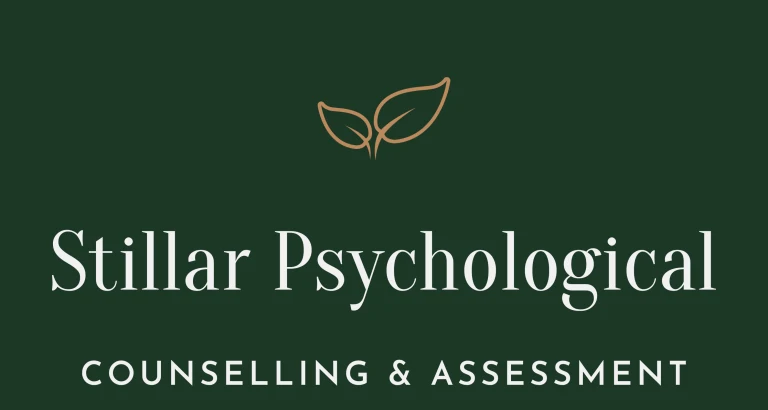March 2021 marks a year since COVID-19 was declared a global pandemic. This month, many of us have found ourselves reflecting on the past year and the ways in which our lives have been impacted as a result of the pandemic. For many of us there are big things that we miss, like seeing the people we love and going to concerts, and also small things like the buzz of a busy coffee shop and smiling at a stranger in the grocery store.
The impact of this pandemic extends beyond longing for our former daily routines though. Psychological research points out that the COVID-19 pandemic brings with it unpredictability, a loss of our sense of safety and control, and detachment/distance from our social relationships. This can bring about emotions like fear, loneliness, and grief. A year on, I think many people are still feeling these things, but another thing I often hear is that people are TIRED. Exhausted, burnt out, overwhelmed, stressed and so on. If this sounds like you, you are not alone. A Mental Health Commission of Canada (2020) poll found that the stress level of many Canadians has doubled since the onset of the pandemic. Similarly, the American Psychological Association (2020) reports that 2 in 3 adults have experienced an increase in stress levels since the beginning of the pandemic. To fully appreciate the impacts of living in a global pandemic on our functioning, we need to understand a few things about stress.
Humans have a very effective stress response. It allows us to react quickly in the face of danger and survive. It is a fairly complex process, but essentially it works like this: when our brain perceives danger, it activates the Autonomic Nervous System (ANS) which communicates with the rest of the body. The ANS consists of the sympathetic nervous system and parasympathetic nervous system. The sympathetic nervous system activates and energizes us to respond to perceived threats (think: fight or flight). This initial response happens very quickly, and it allows us to react without going through a time-consuming decision-making process in dangerous situations.
This stress response works well if, for instance, you are driving and need to brake suddenly or if you need to outrun a bear (note: I don’t know enough about bears to know if this is a good idea or not). However, if this initial response does not get us to safety and our brain continues to perceive a threat (if perhaps we cannot outrun the bear after all), the brain releases additional hormones including cortisol to keep us on high alert until we are safe. Then once the threat has passed, the parasympathetic nervous system (also known as the “rest and digest” system) can kick in and we can return to a state of calm. Unfortunately, when a stressor is chronic as is the case with an ongoing pandemic, we might spend a lot of time with our sympathetic nervous system activated, and this can have negative impacts on the body and make us feel exhausted and overwhelmed.
So, what can we do about this? How can we counter some of the stress and exhaustion we are carrying around? Here are a few things you can try:
- Breathing – Yes, this is the “oldest trick in a psychologists’ book”, but breathing can be one way to activate the parasympathetic nervous system (the rest system). Try intentionally slowing and deepening your breathing and notice how it changes what you feel in your body. If you want to make a regular practice of it, start with just 5 deep breaths once a day; a little can go a long way when it comes to breathing.
- Moving your body in ways that feel good for you – this can help to deepen the breathing and relieve muscle tension. It could look like a short walk (as we move into spring this can also be an opportunity to get some fresh air), dancing to a favourite song, doing a couple of laps up and down the stairs, or taking a brief stretch beside your desk.
- Connecting with people that you care about – this can help to signal to us that we are safe and cared for, which can in turn reduce stress. Check out a previous blog post here on connection during COVID.
- Engage in creative activities – this can activate different parts of the brain that allow us to feel more energized and excited. Activities like painting, writing, making music, and so on could be helpful. I recently took an interest in photography and I’ve found that learning a new and creative skill has been a great way to de-stress.
One final note: it is possible that stress will persist even if you try all of the things listed here; it is also possible that your stress may feel more manageable for a while and return when you are faced with another challenge or perceived threat. This is okay, remember that this stress is an expected response to these out-of-the-ordinary circumstances. See if you can cultivate some compassion for yourself and how you are feeling (see previous blog post on self-compassion here).
If you want to learn more about the stress response, here are a few resources and references you might find helpful:
Books
- Burnout: The Secret to Unlocking the Stress Cycle by Emily Nagoski and Amelia Nagoski
- Why Zebras Don’t Get Ulcers: The Acclaimed Guide to stress, Stress-Related Diseases, and Coping by Robert M. Sapolsky
Articles
Understanding the Stress Response – Harvard Health Publishing
Written by, Jasmine Nathoo
Registered Provisional Psychologist






















